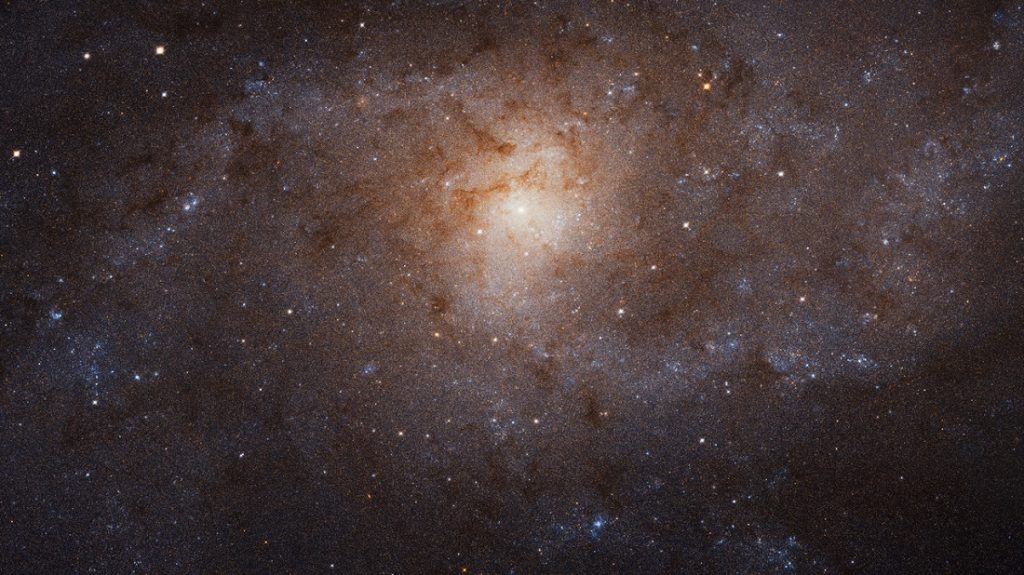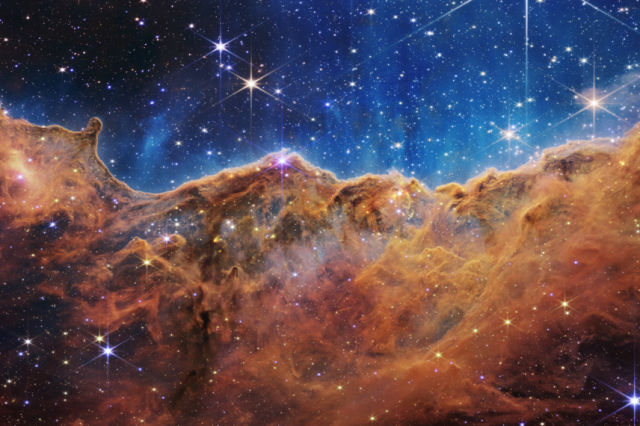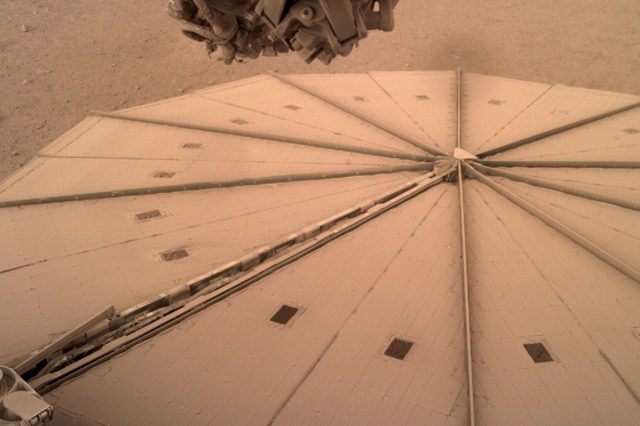Fly across the local galactic neighbourhood to the Triangulum galaxy (M33), a smaller spiral than our Milky Way galaxy. Zoom in first on one of M33's bright regions of star birth, nebula NGC 604, glowing with hot ionized hydrogen gas. The remarkable ability of NASA's Hubble Space Telescope to resolve millions of individual stars is on display in this pan across M33's dense star field.
Gazing into the Depths of the Universe
The Hubble Space Telescope has once again amazed astronomers and space enthusiasts alike with a breathtaking new photograph, capturing the beauty of the distant Triangulum Galaxy in unprecedented detail.
Triangulum Galaxy: A Distant Cosmic Marvel
Situated over three million light-years away from the Milky Way, the Triangulum Galaxy is one of the most remote objects visible to the naked eye, appearing as a massive, blurry shape in the night sky. As the third-largest member of the Local Group of galaxies, it follows the Milky Way and the Andromeda Galaxy in size. Hubble’s latest image showcases the galaxy’s astonishing 40 billion stars in a stunning 665-million-pixel composition.

The Challenge of Observing Triangulum
Under optimal observational conditions, the Triangulum Galaxy appears as a faint, indistinct object nestled within the constellation Triangulum—The Triangle. “My first impression on seeing the Hubble images was, wow, that is a lot of star formation,” said astronomer and project lead Julianne Dalcanton.
The European Space Agency (ESA) commented on the groundbreaking image, stating, “These detailed observations of the Triangulum Galaxy have tremendous legacy value—combined with those of the Milky Way, the Andromeda Galaxy, and the irregular Magellanic Cloud galaxies, they will help astronomers to understand star formation and stellar evolution better.” Despite its challenging visibility, the Triangulum Galaxy remains an attractive target for sky gazers.

Hubble’s Spectacular Image: A Cosmic Masterpiece
The Hubble Telescope, a collaborative mission between NASA and the European Space Agency, has produced a remarkable 665-million-pixel image of the spiral galaxy, displaying its billions of stars in a magnificent cosmic tapestry. The full 1.6-GB, high-resolution image can be accessed on the European Space Agency’s Hubble site. The impressive mosaic consists of 54 separate images captured by the Hubble Space Telescope’s Advanced Camera for Surveys.
Hubble’s second-largest image ever released showcases the central region of the Triangulum Galaxy and its inner spiral arms. The image (or the extended version of the video) reveals millions of stars, hundreds of star clusters, and numerous bright nebulae. The Triangulum Galaxy spans approximately 60,000 light-years, a modest size compared to Andromeda’s colossal 200,000 light-year width.
The Wonders of the Cosmos
As we marvel at Hubble’s breathtaking image, one can’t help but ponder how many potentially habitable planets are hidden within this mesmerizing snapshot of our universe. The Triangulum Galaxy serves as a reminder of the vast, awe-inspiring cosmos that surrounds us, waiting to unveil its secrets to curious minds.
PLEASE READ: Have something to add? Visit Curiosmos on Facebook. Join the discussion in our mobile Telegram group. Also, follow us on Google News. Interesting in history, mysteries, and more? Visit Ancient Library’s Telegram group and become part of an exclusive group.





